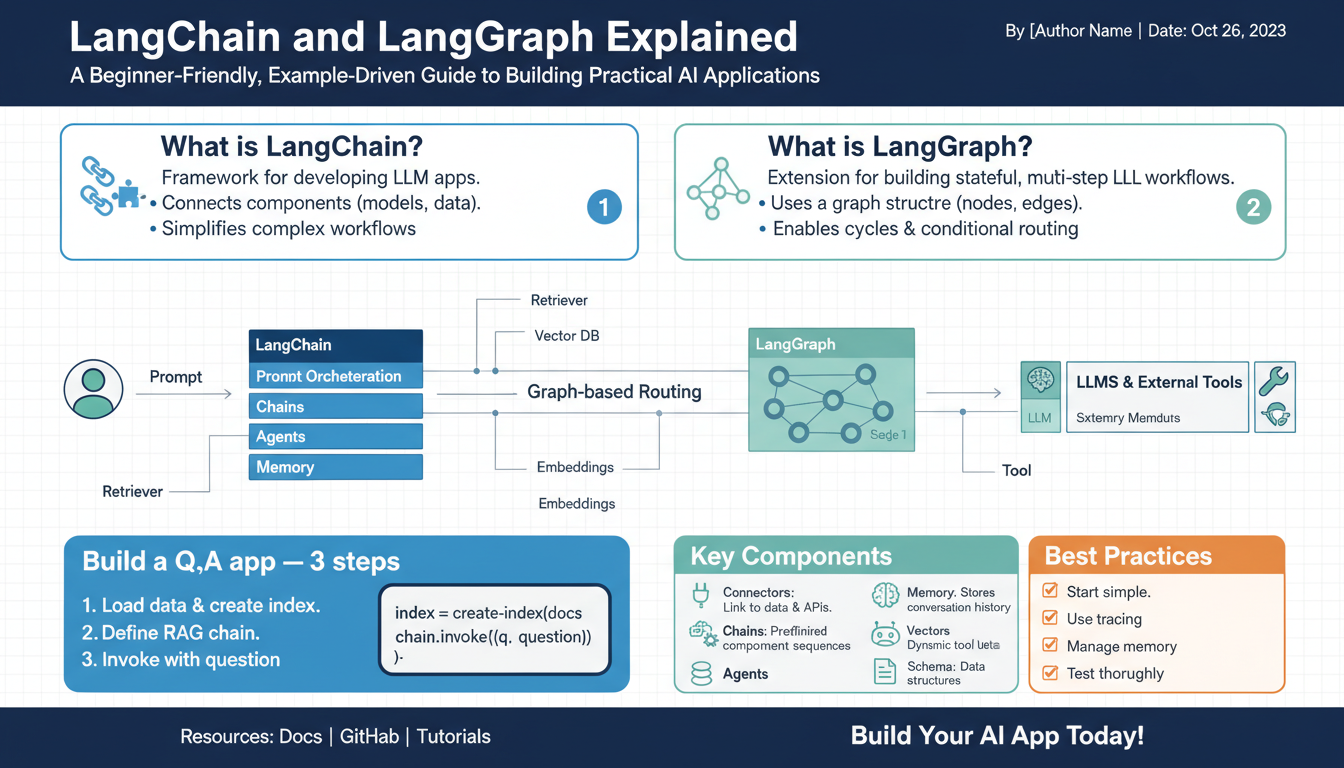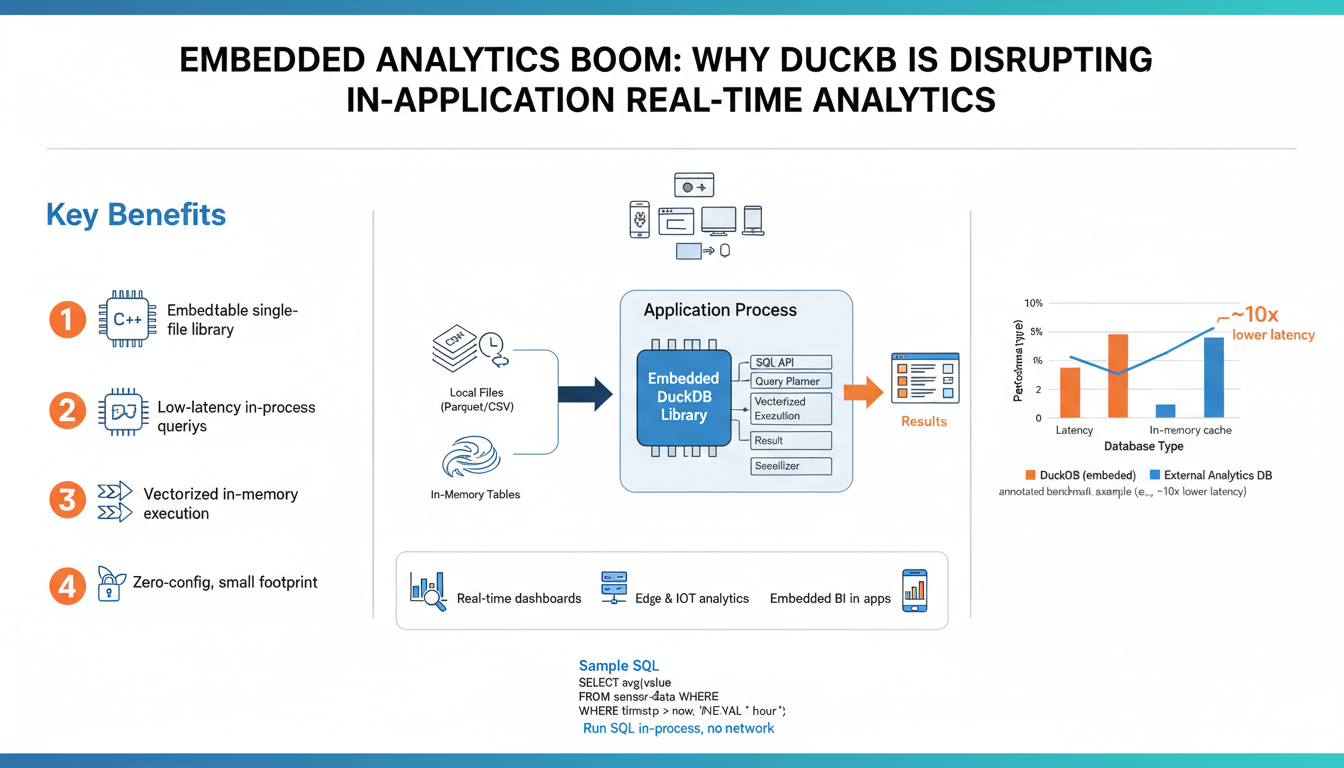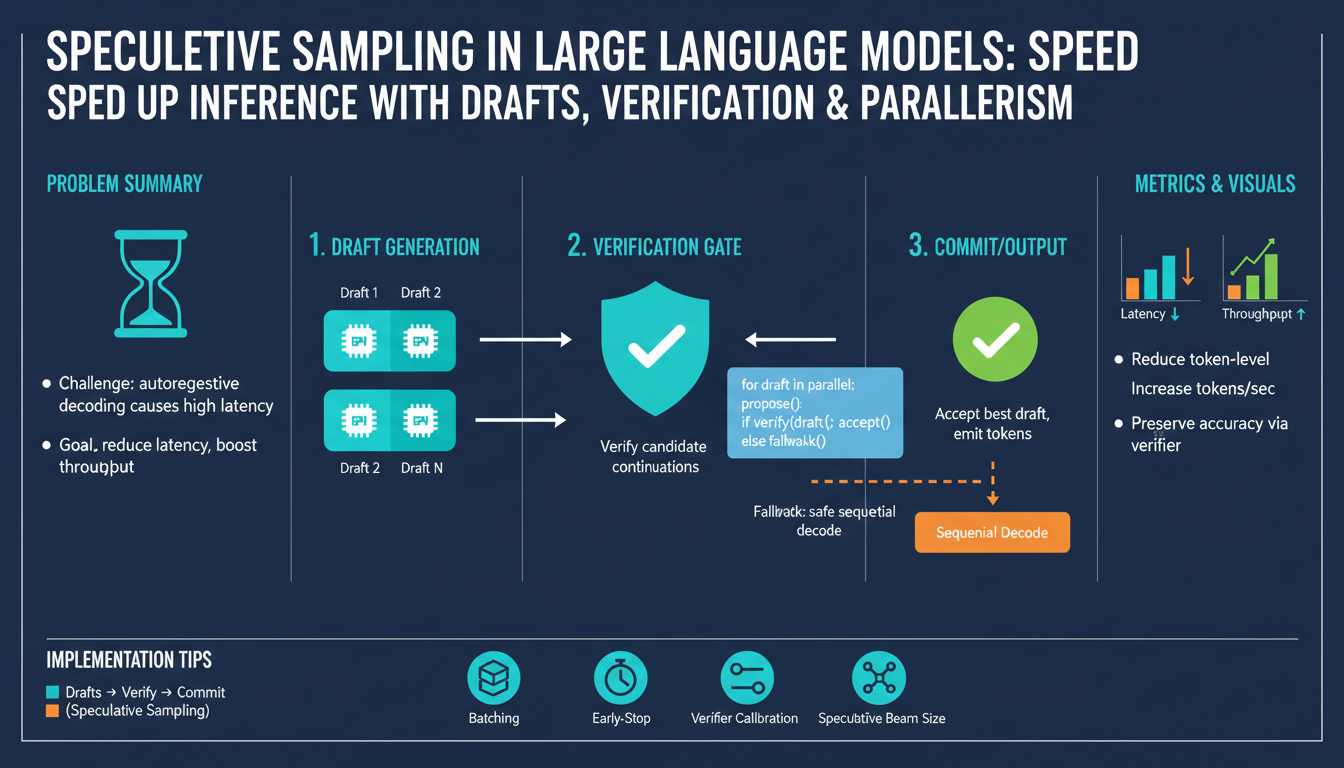Set goals and success metrics
Begin by defining one clear, business-aligned outcome (e.g., reduce contact center calls, increase self-serve completion, or raise conversion) and express it as a measurable KPI. Pair that primary KPI with 2–3 guardrail metrics to prevent gaming: examples include task completion rate, average time-to-resolution or turns-to-complete, fallback/hand-off rate, ASR word error rate, NLU intent accuracy, and user satisfaction (CSAT or NPS). Quantify current baselines, set realistic short- and medium-term targets, and define the minimum detectable effect you care about for A/B tests. Instrumentation must capture per-interaction events (intent, slots, ASR confidence, latency, outcome label) and link to business outcomes (refunds, repeat calls, purchases). Use automated dashboards for real-time monitoring and periodic deep-dives for qualitative failure analysis (logs + sampled recordings). Adopt an experiment-first mindset: rollout changes to a fraction of traffic, measure against control, and require both statistical and practical significance before full release. Finally, schedule regular metric reviews that combine quantitative trends with qualitative root-cause findings, and iterate targets as behavior and product scope evolve.
Design voice persona and UX
Define a consistent, brand-aligned speaking style before building dialogs. Choose a persona that maps to your users’ expectations (formal vs. casual, expert vs. friendly) and constrain vocabularies, sentence length, and response pacing so every utterance feels like the same “voice.” Prioritize clarity: prefer short declarative sentences, explicit next steps, and single actionable suggestions rather than long multi-part replies.
Make interaction patterns predictable. Use directed prompts for transactional tasks (“Do you want to pay with card or bank?”) and open prompts sparingly when you want exploration. Reduce cognitive load by surfacing only what’s needed now: progressive disclosure prevents long menus and keeps error surface small. Design confirmations to match risk: implicit confirmations (echoing choice) work for low-risk actions; explicit confirmation works for irreversible outcomes.
Handle errors with human-centered recovery. When ASR or NLU fails, communicate briefly what went wrong, offer a simple correction path, and avoid repeating technical diagnostics. Provide graceful fallbacks and quick hand-off language for agents, preserving context and the user’s last successful intent.
Design timing and turn-taking for natural flow. Respect user silence with short waiting windows, offer gentle prompts rather than interruptions, and keep responses snappy to mask latency. Use brief audio cues and consistent phrasing for transitions (e.g., “one moment” for processing).
Test persona against real users: script role-play scenarios, run A/B tests of tone and confirmation styles, and measure task completion, frustration signals, and fallback rates. Iterate persona rules from recordings and quantitative KPIs to ensure voice improves efficiency and trust while matching brand expectations.
Optimize audio capture and ASR
Start at the source: choose microphones and placement that match your use case—directional or beamforming arrays for noisy environments, close-talk lavalier or headset mics for high-fidelity transactional flows. Prioritize consistent gain staging (set input gain to avoid clipping, disable aggressive automatic gain controls when possible) and capture at ≥16 kHz (48 kHz when music or high-frequency cues matter) with a clean PCM codec; avoid lossy narrowband codecs that damage phonetics.
Reduce room noise physically before relying on signal processing: simple acoustic treatment, speaker positioning, and distance-to-mic rules cut downstream errors more reliably than aggressive denoising. Where hardware can’t be changed use beamforming, AEC (for speakerphone scenarios), and multi-microphone noise suppression in the front end; tune VAD and wake-word sensitivity to balance missed triggers against false wakes.
Optimize streaming/latency: send short audio chunks (e.g., 100–300 ms) for low-latency partial hypotheses, but batch enough context for robust decoding. Use adaptive endpointing and finalization signals so ASR knows when to return a committed result. When using on-device models, profile CPU/network trade-offs and prefer quantized models or hybrid architectures to keep realtime constraints within SLA.
Improve recognition quality through acoustics-aware model choices and adaptation: choose acoustic models trained on similar mic/channel conditions, apply noise-robust feature extraction (CMVN, augmentation), and maintain per-customer or per-domain language models and pronunciation lexica for critical vocabulary. Use confidence thresholds and N-best alternatives to drive graceful fallbacks, confirmations, or hand-offs.
Instrument and iterate: measure WER by channel, ASR latency, confidence-calibrated error rates, and real-user failure modes (accents, background types). Log audio snippets (with consent), partial transcripts, and device metadata to prioritize fixes. Small changes in capture or preprocessing often yield larger ASR gains than retraining alone.
Structure intents and NLU models
Start with a compact, business-aligned intent taxonomy: group intents by user goal (task-level) rather than surface phrasing, keep intents atomic (one clear actionable goal per intent) and avoid proliferation—split only when behaviors or remediation differ. Model a small set of high-value intents plus a guarded fallback intent and a handful of meta/introspective intents (help, cancel, repeat). Use hierarchical or namespaced intent IDs so domain routing and policy logic remain simple (e.g., payments.charge vs payments.refund).
Design entities and slots for normalization, not just extraction: define canonical types, allowed values, and transformation rules (dates, currencies, product codes). Mark slots as required/optional and attach explicit disambiguation prompts. Where entity extraction is brittle, prefer hybrid approaches that combine a pattern-based recognizer or lookup table with a learned NER model.
Build training data for coverage and contrast. Collect diverse utterances across channels, include negative examples and near-miss confusers, augment rare intents with paraphrases and templates that inject real entity examples. Maintain clear annotation guidelines so labelers treat multi-intent, conditional, and ambiguous utterances consistently.
At runtime, use confidence-aware logic: set per-intent and per-slot thresholds, escalate low-confidence cases to clarifying prompts or hand-off flows, and track the cost of false positives vs false negatives per intent. Support multi-intent detection when users often bundle requests, but prefer sequential clarification for high-risk actions.
Operationalize: version intent schemas, keep a model registry, log intent/slot predictions with ASR confidence and outcomes, run per-intent precision/recall and confusion analyses, and adopt active learning from failures to prioritize data collection. Small, targeted label and schema changes paired with controlled rollouts yield the most predictable gains.
Dialog management and context
Keep a single, explicit representation of conversation state that every component can read and update: current intent, confirmed slots, pending clarifications, user profile attributes, and a short activity timeline. Favor concise, canonical fields (status, confidence, last_action, fallbacks) so policies and handoffs can make deterministic decisions. Distinguish short-term context (turn window, recent entities, unresolved slots) from long-term context (preferences, account links, opt-ins) and enforce retention rules and timeouts to minimize stale assumptions and privacy risk.
Drive turn-by-turn behavior with a layered policy: deterministic rules for safety and high-risk tasks, and learned policies for prioritization and graceful recovery. Use confidence thresholds and N-best ASR/NLU hypotheses to trigger explicit clarifications only when the cost of error is high; otherwise apply light implicit confirmations (echoing back key values). Maintain a compact confirmation strategy tied to risk level and task complexity.
Propagate context across channels and handoffs by serializing the state snapshot plus recent transcript snippets and error codes; surface only the minimal context humans need to continue the task. Instrument context transitions and log outcomes so you can measure drift, erroneous carry-forwards, and recovery success.
Design for partial and interrupted utterances: accept incremental updates, allow slot re-use when appropriate, and prefer directed prompts to keep turns short. Continuously test multi-turn scenarios (nested intents, corrections, chained requests) with synthetic and recorded dialogs to surface common failure modes and tighten state-update invariants.
Error recovery and human handoffs
Design recovery to be fast, transparent, and minimizing user repetition. When the system fails, acknowledge briefly, offer one clear correction path, and avoid technical jargon. For example, use a short directed prompt to disambiguate (“Do you mean refund or order status?”) or a single explicit request for missing data (“Please say or spell the five‑digit order number.”). Prefer implicit confirmations for low‑risk values and explicit confirmations for anything irreversible.
Drive decisions from calibrated confidences and N‑best hypotheses. Use intent and slot thresholds to decide between light clarification, a limited three‑step disambiguation, or escalation. Surface the top 2–3 ASR/NLU hypotheses with confidences and only ask follow‑ups that reduce critical ambiguity; every extra turn increases abandonment risk.
When escalating to a human, serialize a compact context snapshot: last user utterance, top N hypotheses with scores, confirmed slots, pending actions, relevant error codes, and a pointer to the audio/transcript. Provide agents a one‑line summary and suggested next steps, for example: “Attempted refund; ASR conf 0.42; intents: payments.refund (0.62), payments.status (0.25); order_id=12345 (unconfirmed).” Include checkboxes for minimum verification items so agents don’t ask the user to repeat work.
Signal the handoff to the user with a short expectation (“I’ll transfer you; this may take about two minutes — would you prefer a callback?”) and offer asynchronous alternatives. Instrument fallback and handoff outcomes (handoff rate, post‑handoff resolution without re‑ask, time‑to‑resolution) and iterate on prompts, thresholds, and routing rules using sampled recordings and labeled failures to reduce future escalations.
Monitor, evaluate, and iterate
Treat telemetry as the source of truth: capture per-interaction events (ASR hypotheses and confidences, NLU intent/slot predictions, turn latency, fallbacks, user outcome labels and business-side outcomes) and pipe them to real‑time dashboards plus an analytical warehouse for cohort analysis. Define automated alerts for KPI regressions and operational anomalies (spikes in fallback rate, WER or latency) so outages and degradations trigger immediate investigation rather than surprise.
Combine quantitative and qualitative evaluation. Use A/B or canary rollouts with pre-defined success criteria that include both statistical and practical significance; monitor primary KPIs plus guardrail metrics like task completion, handoff rate, and user satisfaction. Surface the heaviest failure modes by slicing metrics by channel, locale, device, or intent, then sample recordings and transcripts for root‑cause analysis to reveal UX patterns that numbers alone miss.
Prioritize fixes by user impact and cost-to-implement: small frontend/audio-capture tweaks often beat large model retrains, while schema changes or new slot normalizers may unlock recurring successes. Maintain a fast feedback loop: tag, label, and add failed examples to training sets; validate fixes in a fraction of traffic; and only promote when monitoring shows both metric recovery and no new regressions.
Institutionalize periodic reviews that pair dashboards with curated failure playbooks, keep rollback thresholds and runbooks current, and iterate cadence and targets as product goals evolve.




